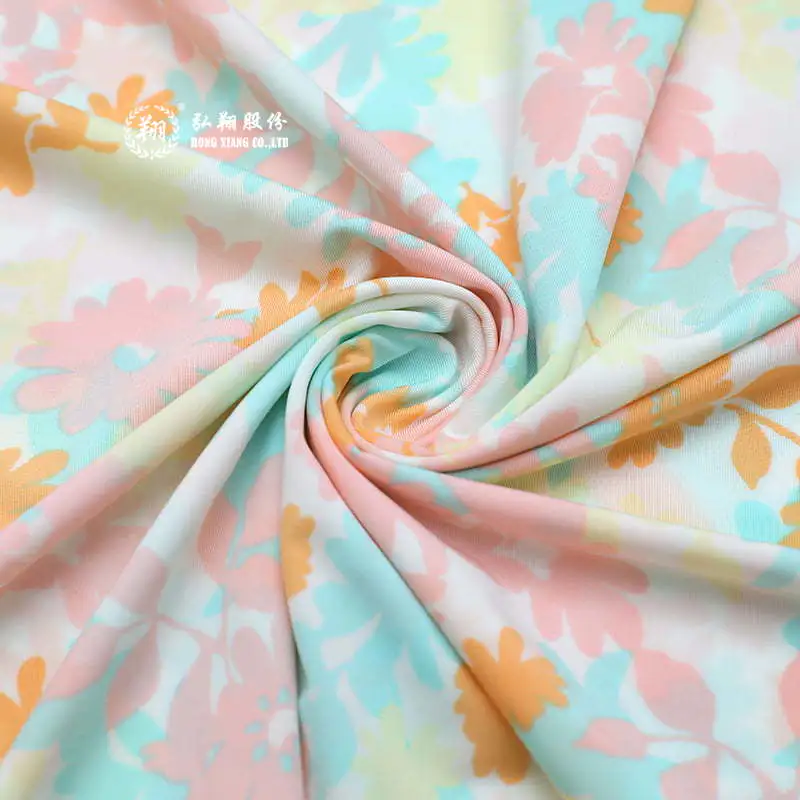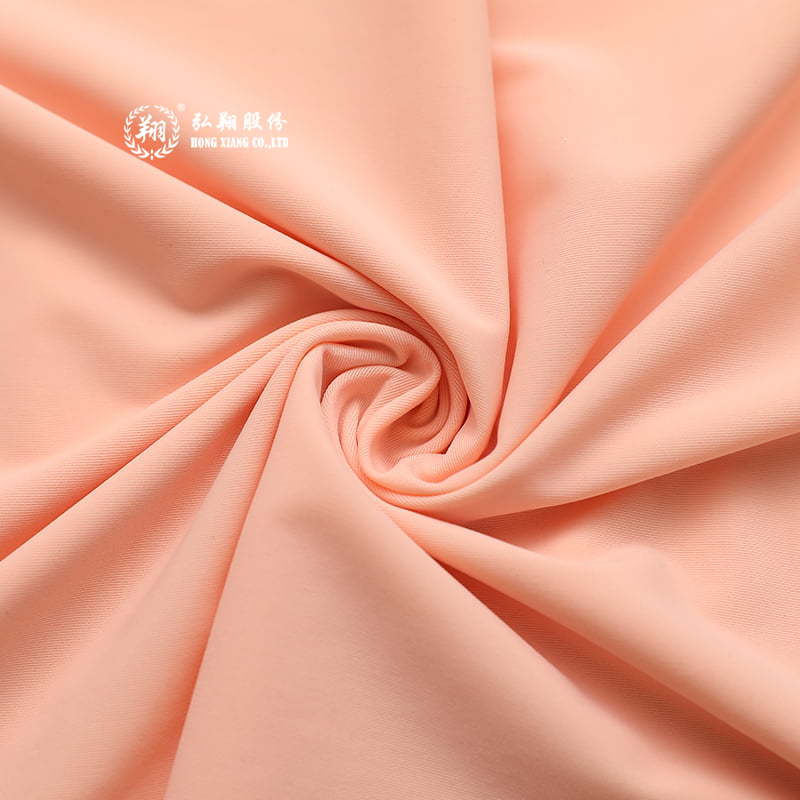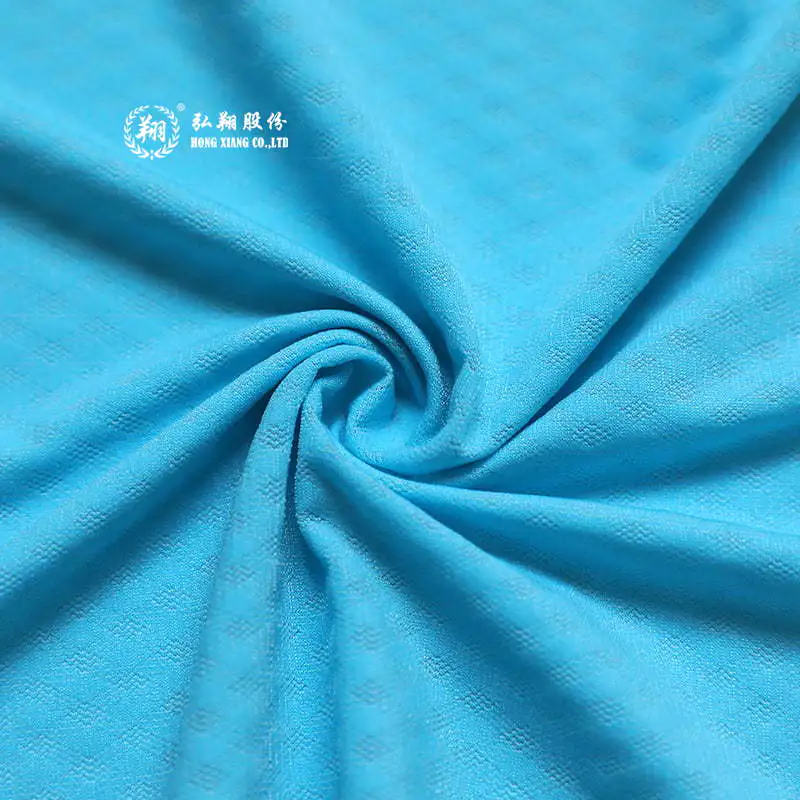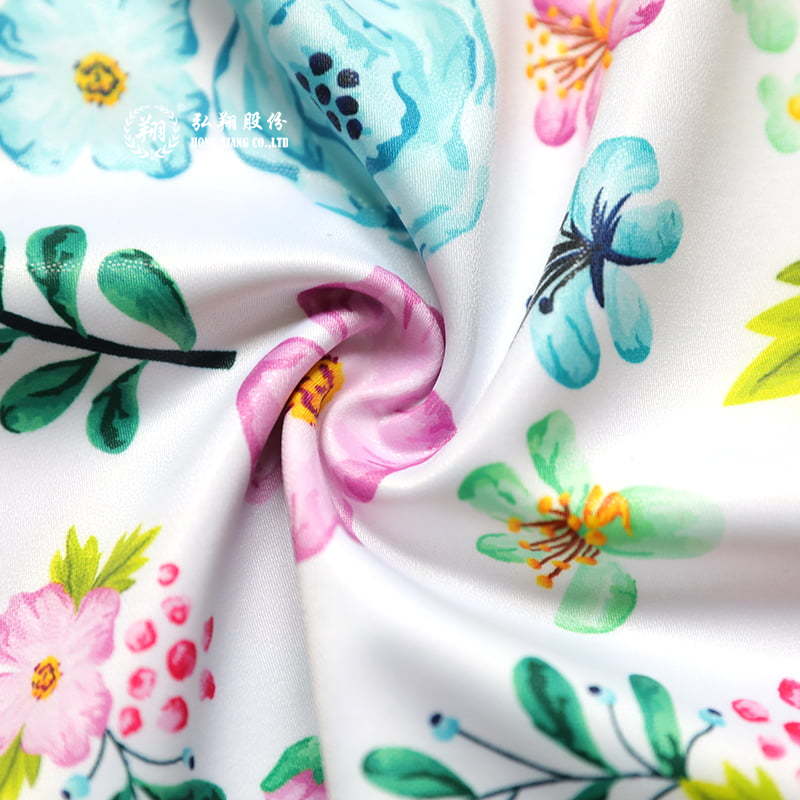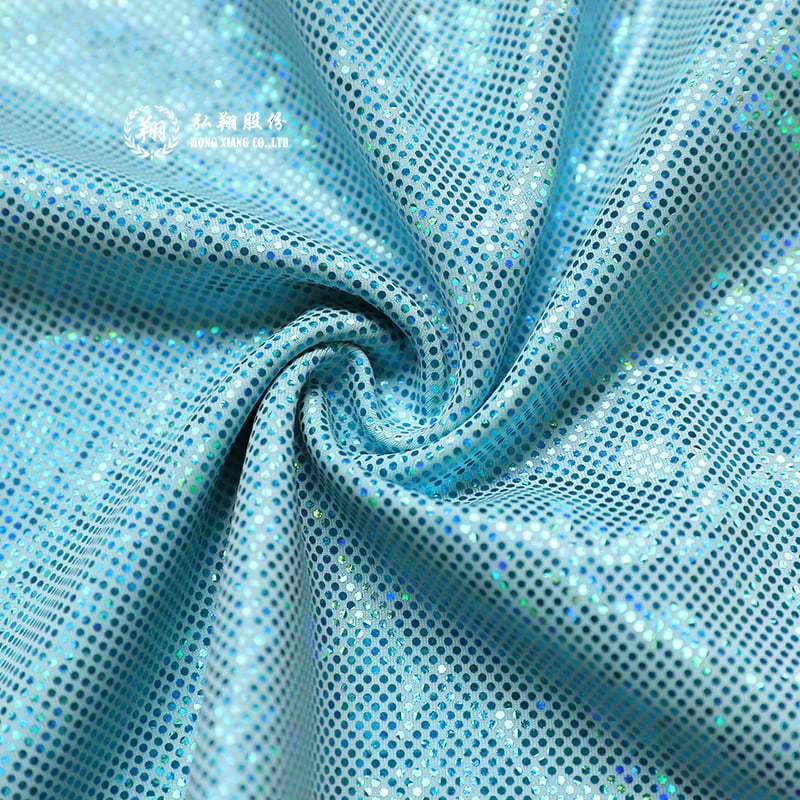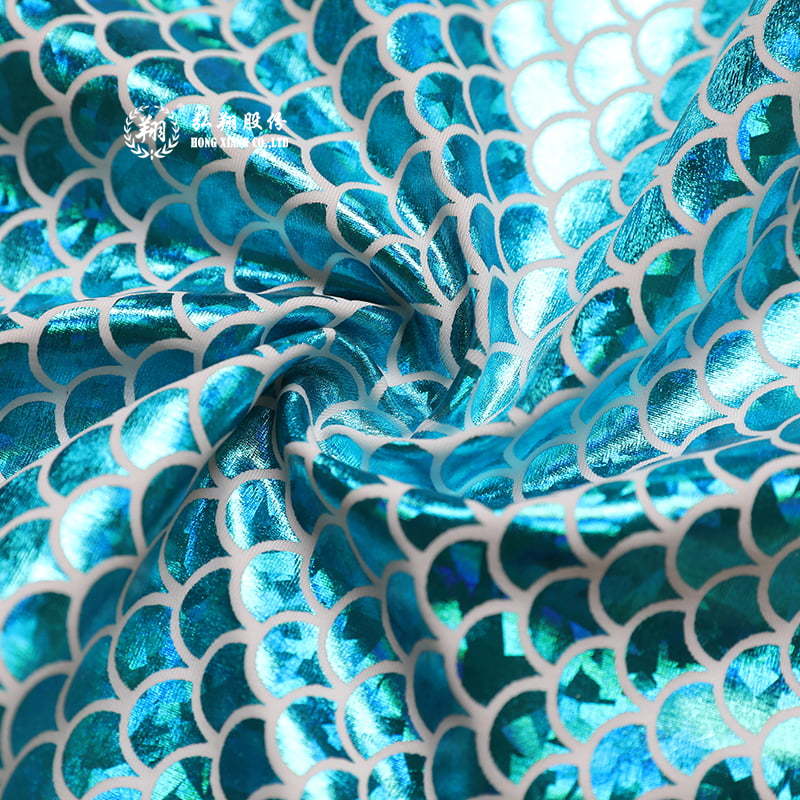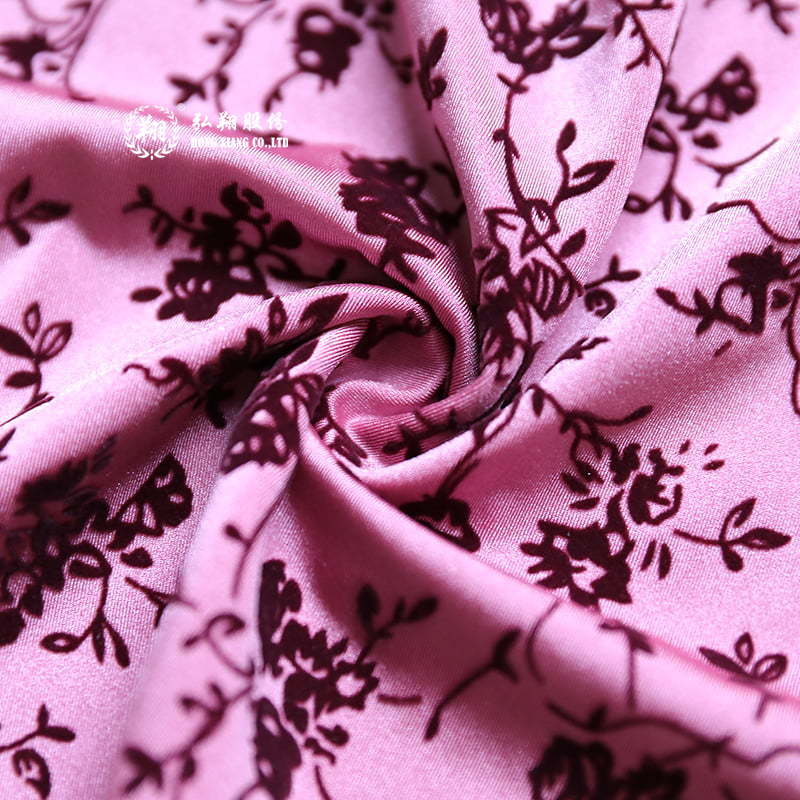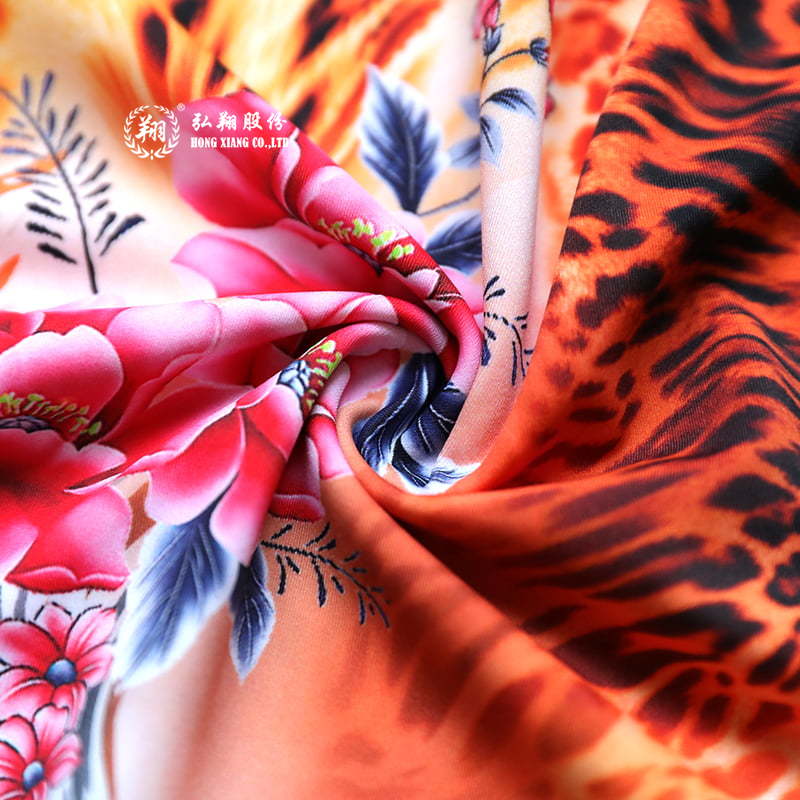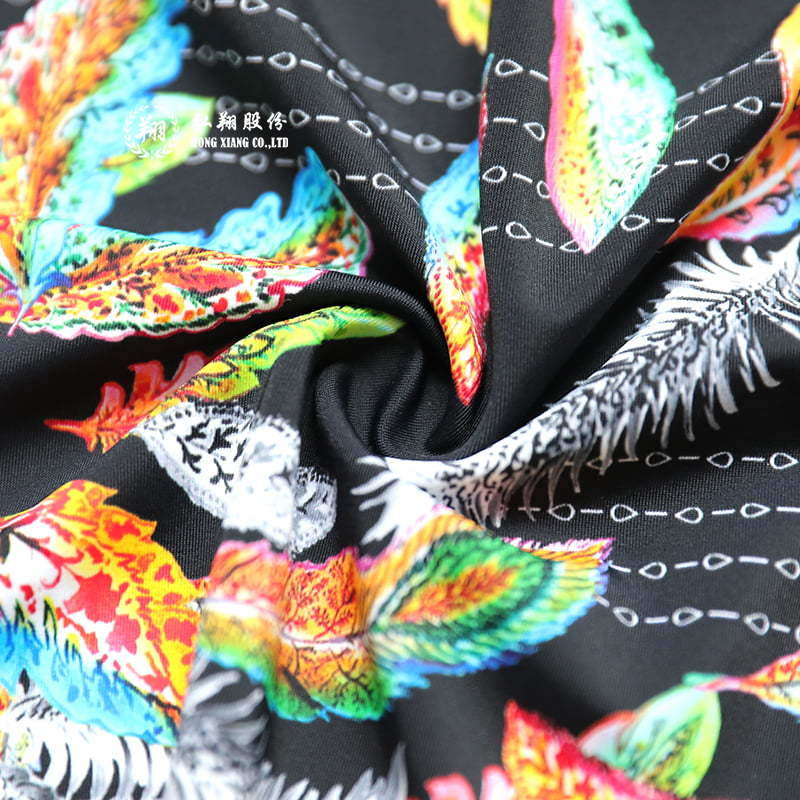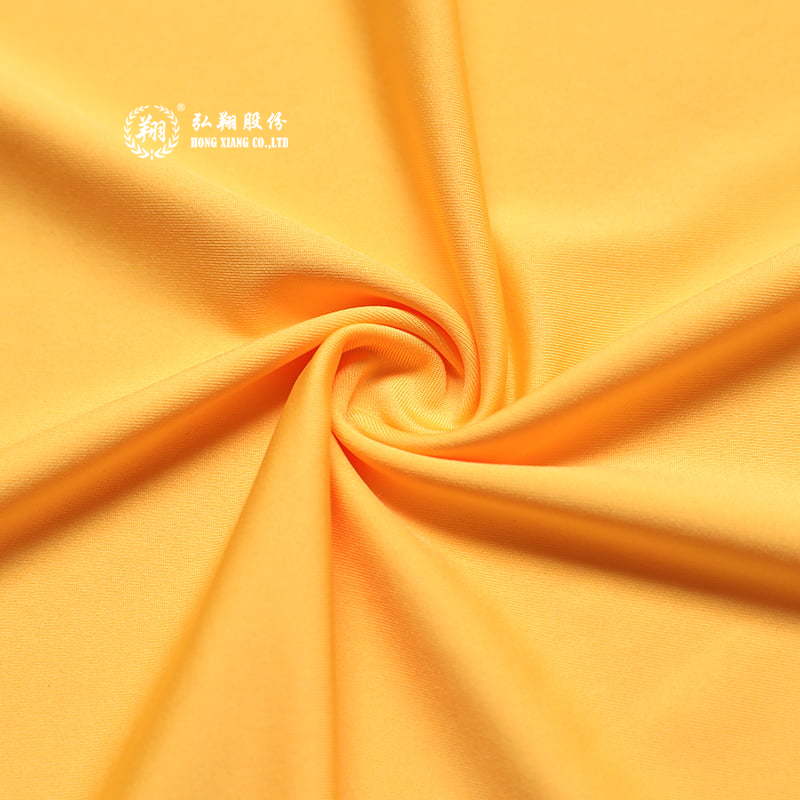There are various types of knit fabrics. The European region is home to many premium quality
knit fabric manufacturers. In this article, we will discuss the key products of these fabric manufacturers. Let's see what these products entail. What are the key features of knit fabric manufacturers? How can you choose a manufacturer of these fabrics? We will also discuss the manufacturing process of knitted fabrics. This article has helped us understand the various aspects of knit fabric manufacturing.
Key products of knit fabric manufacturers
The global knitted fabrics industry is dominated by Asia-Pacific countries. China has the largest share of all countries, and accounts for about one-third of global textile imports. The country's growing manufacturing industry has spurred technological developments and automation among its manufacturers. Other major knitwear markets include India and Bangladesh, where government policies and regulatory frameworks are favorable. Read on to learn about some of the key players in the industry.
Among the main segments, fashion & apparel is the fastest-growing and the largest segment. Increasing demand for knitted shoes, casual wear, and hoodies has driven the market growth for this material. In addition, loop stitch and large shawls have a steady growth in the apparel industry. Moreover, knitted spacer fabrics are widely used in car seats and roofs, and are often found as the protective lining of wires.
In addition to cotton-based knit fabrics, the global market has been affected by the Covid-19 pandemic. The virus has affected the entire supply chain and consumer segments, affecting production cycles and trade barriers. For example, the international cotton price hit $1.017 per pound in June 2018 and crossed the $1 per-pound threshold. The average Cotlook 'A' Index was $0.8799 per pound in May 2018.
Double knit is a type of rib knit. This material has two sets of yarns, and is commonly used in sweaters. It tends to be heavier and has no stretch, but it offers great shape retention. Double knit is often more suited for tailored garments. It is available in different weaves, including twill and satin. Aside from jerseys, knit fabric manufacturers also offer ribbed fabrics, sock knits, and other types of fabric.
While there are some leading players in the market, many smaller players are also making strides in innovation and product development to expand their reach into new sectors. A few examples of this include the U.K.-based Baltex and Zhejiang Chaoda Warp Knitting Co., Ltd. in China. By investing in new technologies, these two companies have been able to expand their product portfolios and diversify their manufacturing processes.
Another important type of knitted fabric is fleece. These fabrics are often made from polyester or cotton blends. Polarfleece and Polartec are common examples of polyester fleece. Fab Industries Inc. makes various types of knitted fabrics from different fibers. They have facilities in New York and Lincolnton, N.C. They also produce yarn dyes. If you are looking for a knitted fabric, look no further than the world of textile manufacturing.
Knitted fabric is a versatile textile. The flexible nature of the yarns allows it to stretch in all directions, giving the fabric a smooth, warm, and comfortable feel. This type of fabric is particularly useful for making garments that are shaped around the human body. Knitted clothes also keep the body warm and provide good ventilation. And they stretch in all directions, resulting in form-fitting apparel. These characteristics make them a preferred material in active clothing and other applications.
In the apparel industry, warp-knit fabrics held a dominant position. Their low cost and improved elasticity have prompted their use in a wide range of industries. Several knitted garment manufacturers now have factories in Vietnam to produce fashionable and functional fabric. Moreover, they meet all international standards and regulations for their products. However, this type of fabric has the highest potential for growth, and their growth will be further fueled by the rapid growth in the automotive, construction, and manufacturing industries.
Another major difference between knit fabrics and woven fabrics is the type of fiber used in them. The two types of fabrics differ in their properties and performance. Wool and cotton are both natural, while synthetic fibers like acrylic and nylon are used in the manufacturing of sweaters. Using the right blend of natural and synthetic fibers can make a difference in the final product, and the quality of the finished garments. You can tell by touching and feeling them, and the type of fibers used will dictate how comfortable they are for the wearer.
